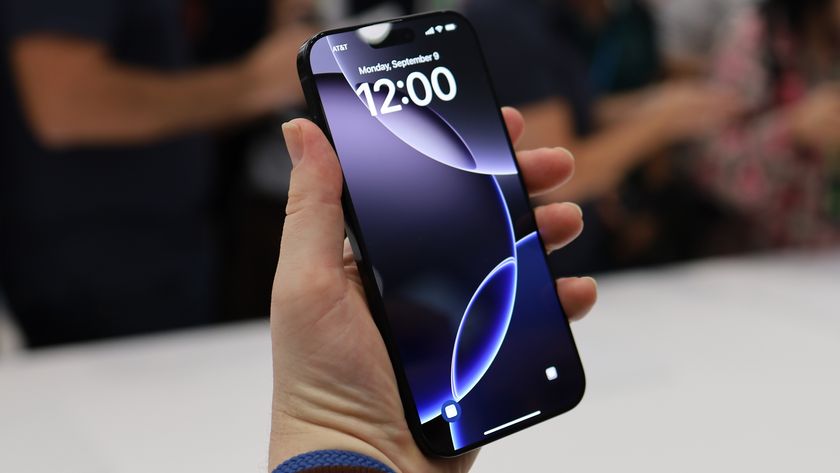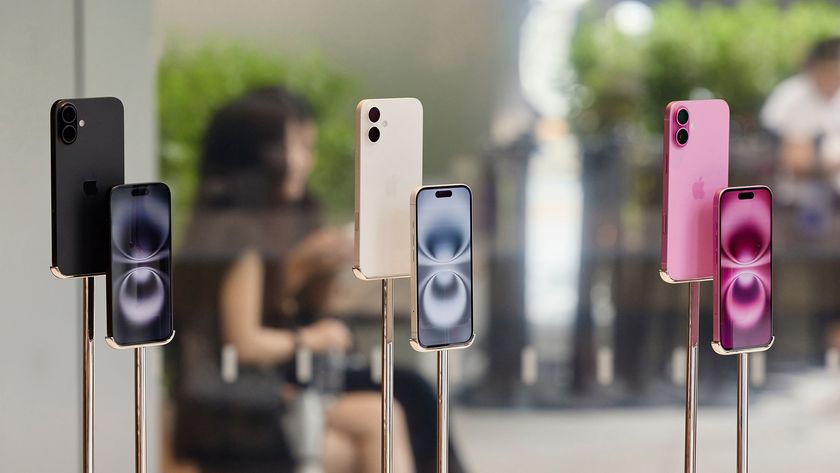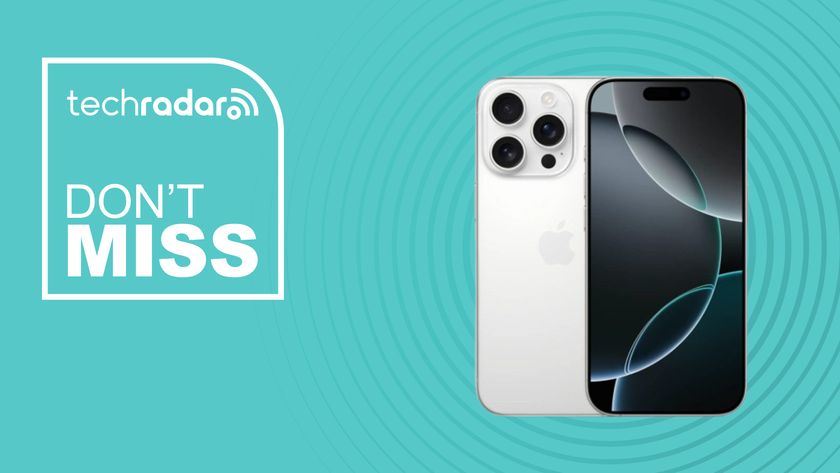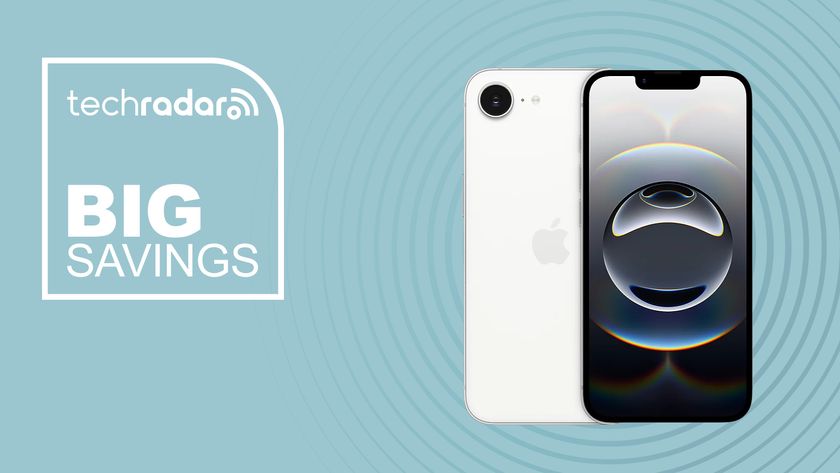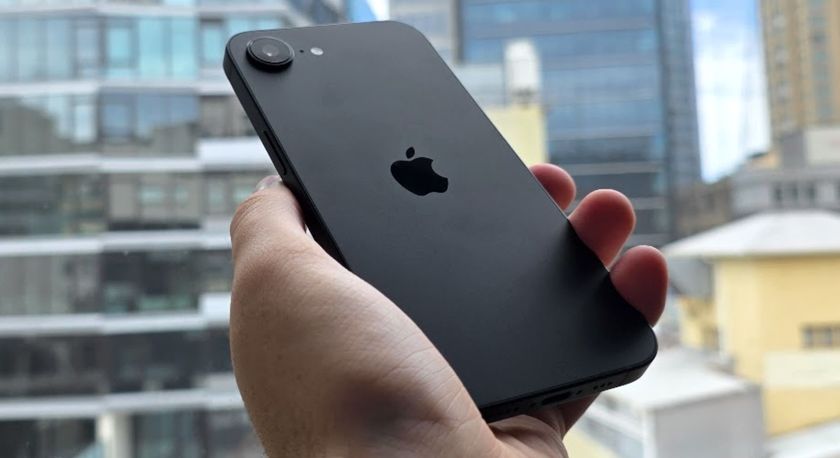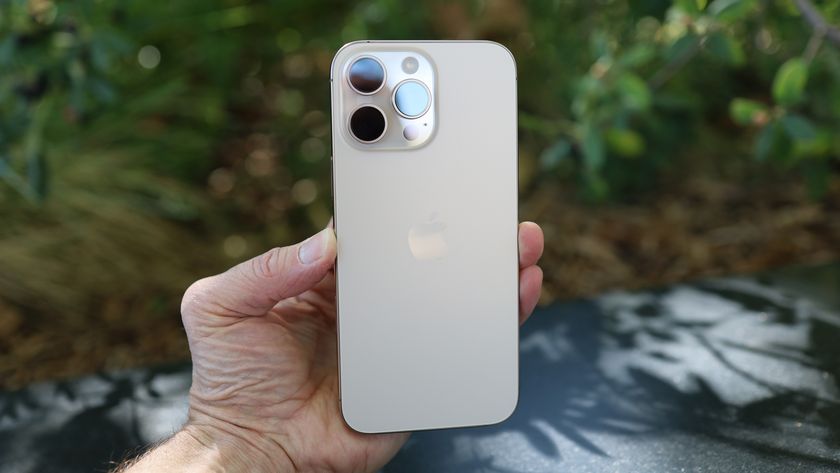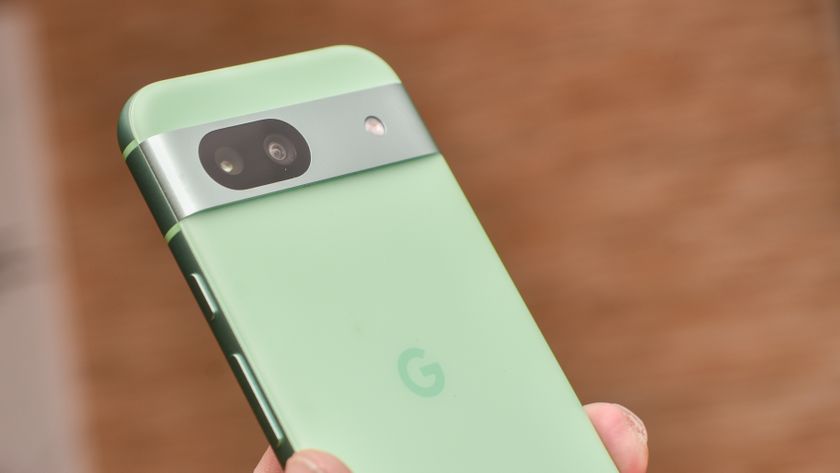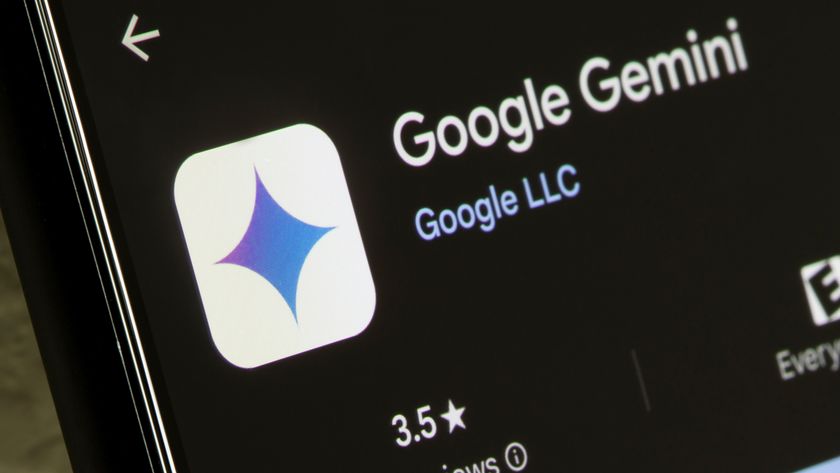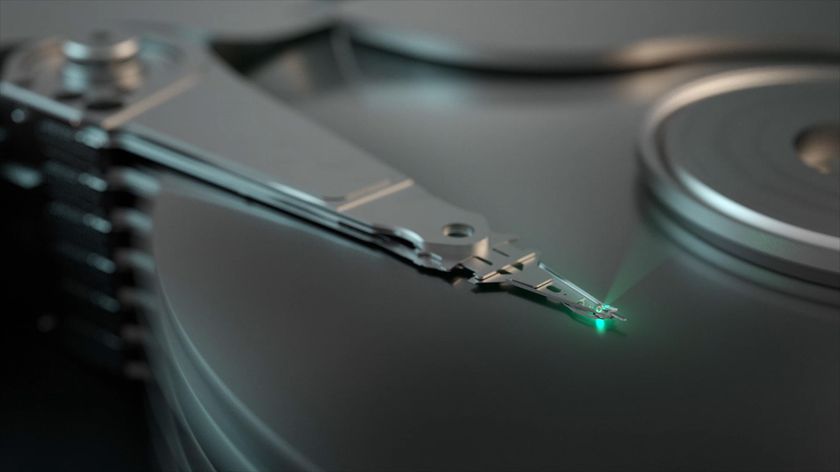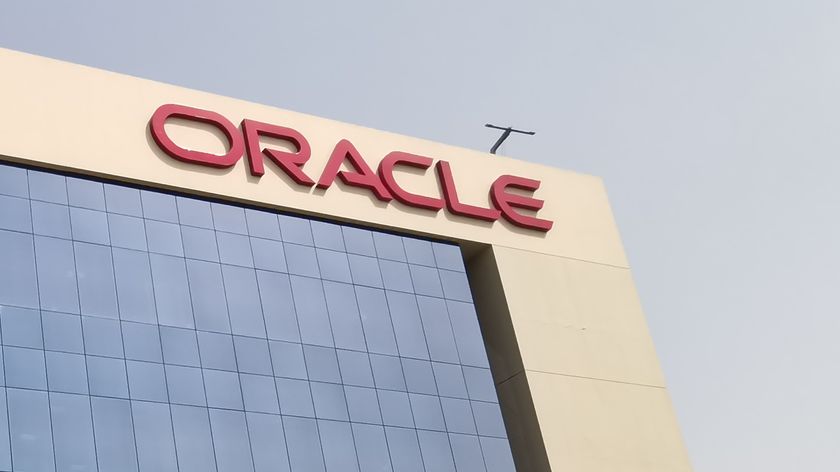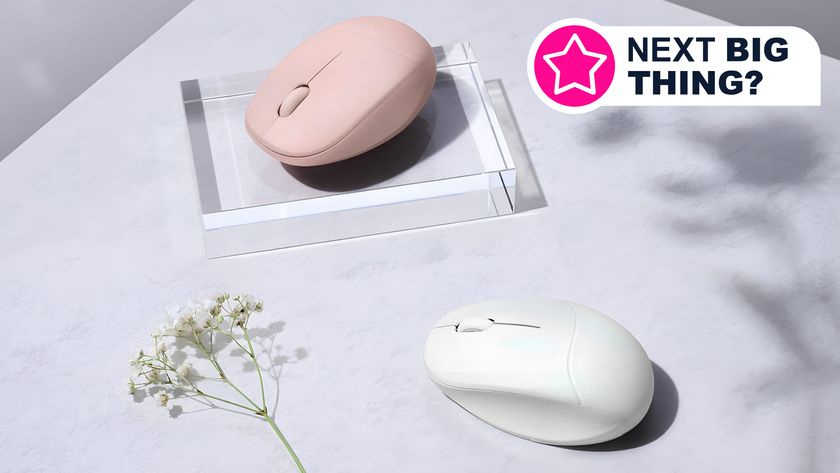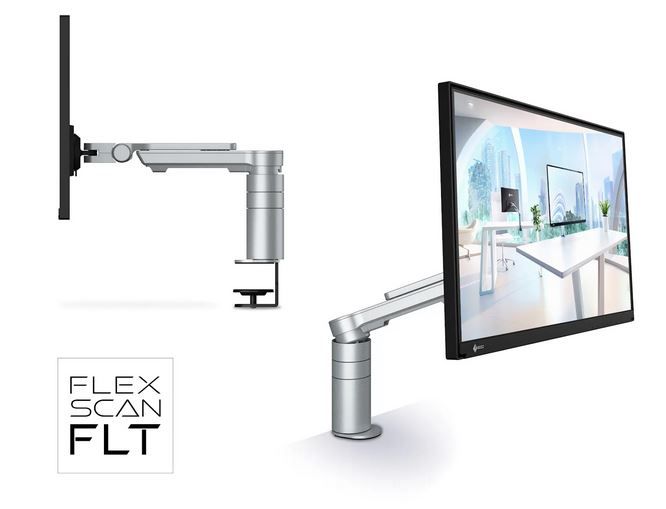iPhone 8 vs iPhone 8 Plus: which new Apple phone should you buy?
Which middle-ranking iPhone should you buy?
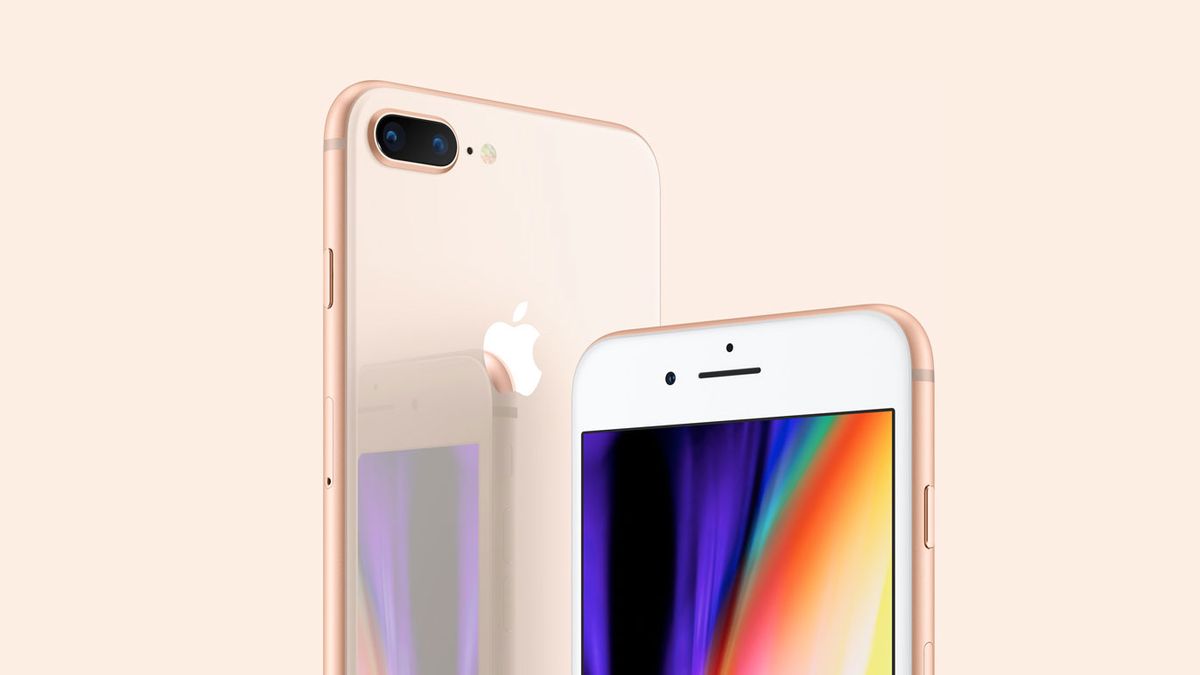
iPhone models are diverging. Last year you had to pay a bit more to get an iPhone 7 Plus instead of an iPhone 7, but the gap has widened even further.
There are now three models, the iPhone 8, iPhone 8 Plus and the mysterious-sounding iPhone X.
We’re going to compare the two ‘cheaper’ variants to see which one mere mortals who don't want to buy the most expensive iPhone ever will get.
- Check out our hands-on: Apple Watch 3 review
- Check out our hands-on: iPhone 8 review
- Check out our hands-on: iPhone 8 Plus review
- Check out our hands-on: iPhone X review
Design
One of our top hopes for the iPhone 8 and iPhone 8 Plus was that Apple would use a new slim-surround design like, for example, the Samsung Galaxy S8. This is a sticking point for the Plus models, which are very large for phones with 5.5-inch screens.
That hasn’t changed. The iPhone 8 Plus is still a pocket-botherer, so the iPhone 8 may be the better choice if you just can’t stand large phones.
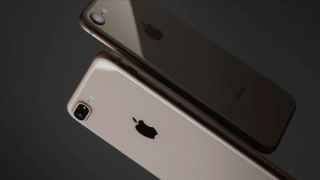
Apple hasn’t simply kept the same casing as before, though. These phones have aluminium sides, but glass on the back and front.
This lets Apple add some depth to the color finishes. There are seven layers to the back, for a dynamic look like that of the Galaxy S8 or Honor 9. You can get the iPhone 8 and 8 Plus in the familiar silver and Space Grey, as well as a new gold tone.
Get daily insight, inspiration and deals in your inbox
Sign up for breaking news, reviews, opinion, top tech deals, and more.
Some people may groan at the mention of more smash-able glass on these new iPhones, but it also allows for Apple’s new AirPower wireless charging. This uses the Qi standard, so you can charge them using most wireless charging pads.
One benefit specific to the Plus model is a stereo speaker array. There’s a driver at the bottom of the phone and another towards the top, getting you better sound, particular when playing a game or watching a video in landscape orientation.
Apple says you get 25 per cent more volume than an iPhone 7 Plus too. A lot of the features core from the last generation remain, though, including the Touch ID panel below the screen and Apple’s Lightning connector.
Both phones are splash and dust resistant, to the IP67 standard. This means you can dunk them in water, but we seriously recommend not going so. Take your phone to a Genius bar when something goes wrong and they’ll know. They always know.
Display
Apple calls the displays of the iPhone 8 and iPhone 8 Plus Retina HD. That makes it sound like the resolution has been upgraded. But it hasn’t. Apple has been using this term since the iPhone 6. For more pixels you’ll need to buy the more expensive iPhone X.
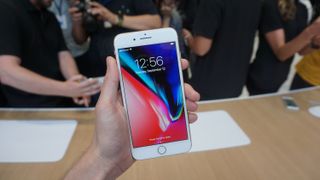
These phones have the same core specs as last year’s models. The iPhone 8 has a 4.7-inch 1366 x 768 pixel IPS LCD screen, the iPhone 8 Plus a 5.5-inch 1080p IPS LCD.
Like the iPhone 7 family, they a wide colour gamut designed to satisfy the cinema DCI P3 standard rather than the less saturated sRGB, the traditional standard for displays. Colours will be punchy and bold, but not comic book oversaturated like some Androids.
What’s changed this time is that the iPhone 8 and iPhone 8 Plus screens will now react to ambient light conditions, altering the colour temperature to suit.
OS and power
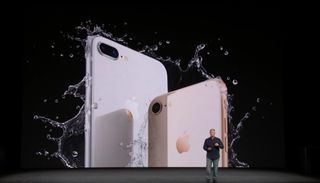
Both the iPhone 8 and iPhone X have the Apple A11 CPU. It’s a six-core chipset, which doesn’t sound too powerful when even budget Androids have eight cores.
However, comparing Android and Apple processors by this metric has been a dead end for years. We fully expect these to be some of the most powerful phones in existence - we’ll test this in our upcoming full reviews.
Apple says the two performance cores are 25% faster than last year’s, and the four “day to day” efficiency cores are a massive 70% faster. GPU power has also been boosted by 30%.
The raw power of the two phones is the same. However, we do expect to see a difference in RAM, as there was last year between the iPhone 7 and iPhone 7 Plus.
Apple is yet to confirm this, but the iPhone 8 is likely to have 2GB RAM, the iPhone 8 Plus 3GB. How can we be sure? We can’t, but this would match last year’s models.
Storage options are a little different this time around. You can get the iPhone 8 and iPhone 8 Plus with either 64GB or 256GB storage. There’s no ‘budget’ 32GB option, and no 128GB one either.
Camera
There remains a big disparity between the cameras of the iPhone 8 and iPhone 8 Plus, mirroring what we saw with the 7-series phones
The iPhone 8 has a single rear camera, the iPhone 8 Plus has two. This means the smaller phone cannot use Portrait mode, which blurs out the background to get you photos that have the look of a DSLR shot taken with a wide aperture lens.
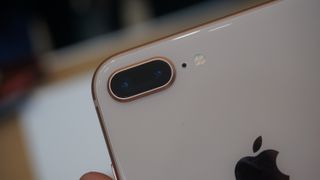
Apple has spiced-up Portrait mode this year too, with Portrait Lighting. This is a clever trick that analyses faces and lets you digitally alter the lighting to make it look as though they were taken in a studio.
There are four Portrait Lighting modes. Studio Light and Contour Light offer a different light mapping across faces, while Stage Light and Stage Light Mono black out the background to isolate your subject even more.
Like last year, the iPhone 8 Plus’s secondary rear camera has a 2x lens, letting you zoom in without sacrificing detail.
The iPhone 8 misses out on some goodies. However, it does at least have optical image stabilization (OIS), which will improve low-light performance. The iPhone 7 didn't have this.
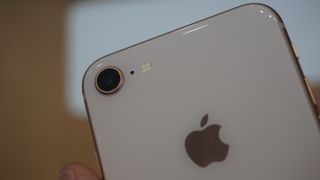
OIS stops hand movement from blurring your shots, and lets the camera use slower shutter speeds at night, resulting in less noisy photos.
Both main rear cameras have a new 12-megapixel sensor and an f/1.8 lens. And both benefit from a new ISP.
As well as improving general image processing, this enables some pretty impressive video feats. The phones can shoot 4K video at 60fps, up from 30fps last year, and slow-motion 240fps footage at 1080p. Last year’s iPhone 7 phones could only shoot 240fps slo-mo at 720p.
You also get a quad-LED flash, with Apple’s multi-tone tech for better looking skin tones. Around the front the selfie cameras remain largely unchanged, each phone using a 7-megapixel sensor.
iPhone 8 vs iPhone 8 Plus price
The iPhone 8 costs $699/£699 for the 64GB model, and $849/£849 for the 256GB version. You’ll pay £100 extra for the iPhone 8 Plus. That’s $799/£799 for the 64GB flavour, and $949/£949 for the 256GB model.
If you’re going to fork out for the higher storage variant, an extra 10% doesn’t seem like too much more to pay for a larger screen and a much more versatile camera.
Takeaway
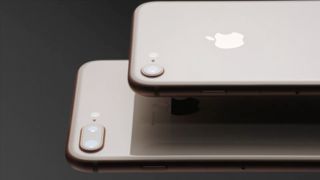
Next to the iPhone X, the iPhone 8 and iPhone 8 Plus seem a bit ordinary. A bit familiar. The differences that existed last year between the iPhone 7 and 7 Plus remain, and Apple hasn’t fixed the oversized frame of the Plus model either.
For real excitement you need to spend even more on the iPhone X.
But until that winning lottery ticket arrives, the iPhone 8 Plus has a few features the iPhone 8 lacks. It would be our pick of these two unless you don’t fancy living with the larger phone’s wide load frame.
- Check out our hands-on: Apple Watch 3 review
- Check out our hands-on: iPhone 8 review
- Check out our hands-on: iPhone 8 Plus review
- Check out our hands-on: iPhone X review
Andrew is a freelance journalist and has been writing and editing for some of the UK's top tech and lifestyle publications including TrustedReviews, Stuff, T3, TechRadar, Lifehacker and others.
